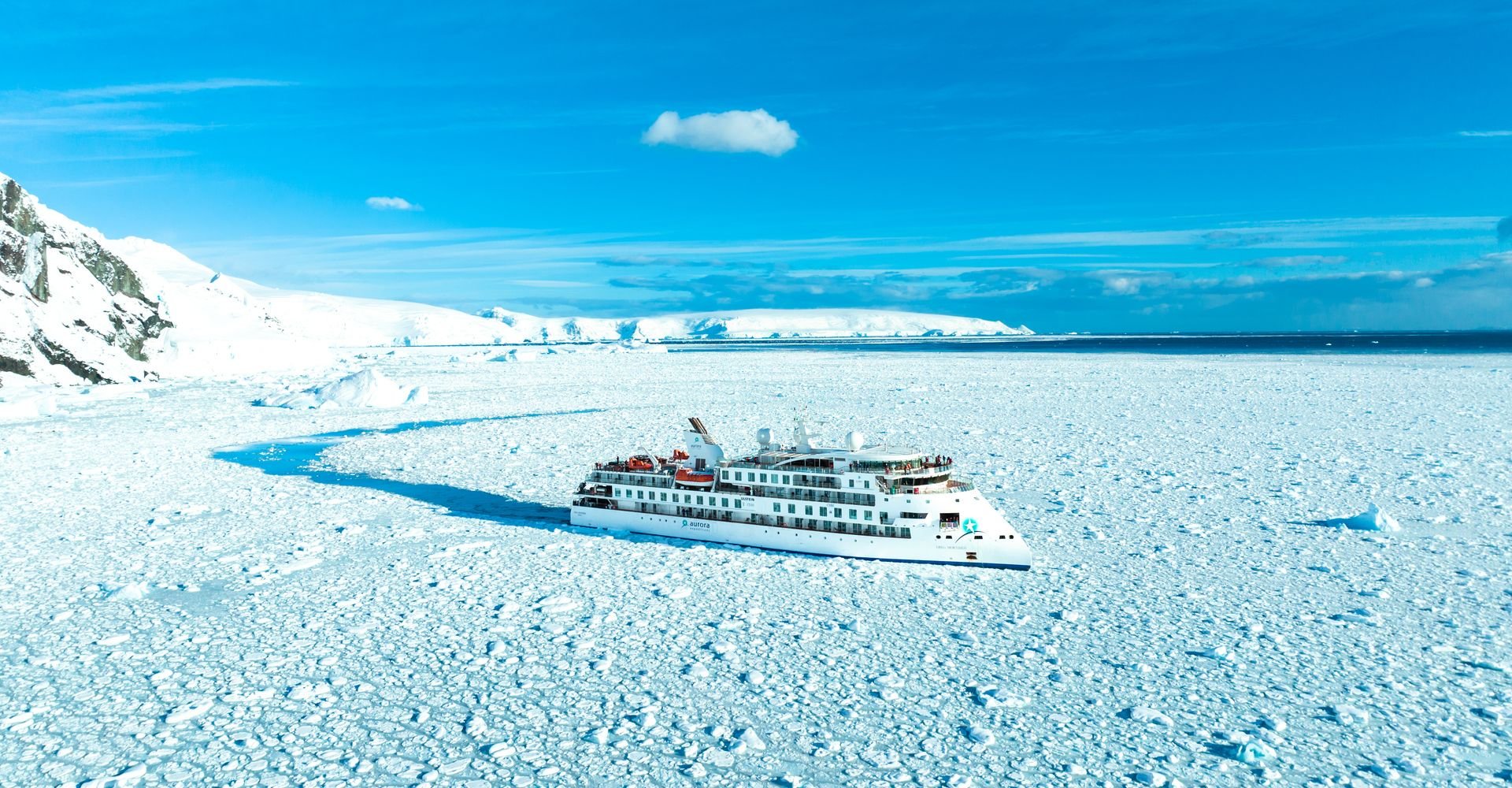
ANTARCTICA
A visit to Antarctica is not just a trip. It is an unpredictable journey. Visitors are rewarded with a world that includes thousands of penguins, elephant seals and icebergs, even volcanoes and thermal springs.
The landscape of Antarctica is reduced to the barest elements: ice, rock, water and sky. But within those elements are variations both subtle and dramatic. Ice in all its many colors takes on shapes from floes and bergs to sheets and shelves. There is old ice and fast ice, grease ice and pancake ice, striated ice and fractured ice. And, of course, there is thin ice—the element of the unknown that reminds travelers of their vulnerability on the coldest, driest, windiest, highest and most remote of continents.
In the past decade, Antarctica has become so popular, especially for nature-based tourism, that concerns have been raised about the continent's delicate ecosystem. To protect it, the International Association of Antarctica Tour Operators limits the number of people allowed ashore.
Tour operators are also supposed to ensure that travelers have as little impact as possible on the wildlife and the environment, and visitors are forbidden from getting too close to wildlife.
EXPERIENCES OF NOTE
Antarctica is about 50% larger than the U.S. and occupies nearly one-tenth of the world's landmass. Almost the entire continent (99.8%) is covered permanently by ice.
Antarctica's main attractions are ice, volcanoes, snow, birds (including albatross and terns), high mountains (almost none of which have been scaled by humans), penguins (seven species), seals (six species), glaciers, whales (orca, humpback, southern right, minke) and fascinating barren scenery.
Antarctica has no official time zone, as all 24 of the world's time zones converge at the bottom of the world. Most inhabitants set their clocks to the time in their home country. Cruise ships usually keep their clocks on the same time as their port of departure.
As strange as it may seem, there is a marathon held in Antarctica; winter clothing is mandatory. Otherwise, the main activity is penguin- and whale-watching.
Tour operators ply their trade only during the Antarctic summer, October-March, with December-February being the best months to go. Days can be sunny and clear, with temperatures averaging around 30 F/-1 C. Nights still get cold, but at that latitude, they are brief.
DISCUSS THIS TRIP WITH US
Enter your information below and we'll be in touch right away.




